 Your new post is loading...
Teacher professional learning is of increasing interest as one way to support the increasingly complex skills students need to learn in preparation for further education and work in the 21st century. Sophisticated forms of teaching are needed to develop student competencies such as deep mastery of challenging content, critical thinking, complex problem-solving, effective communication and collaboration, and self-direction. In turn, effective professional development (PD) is needed to help teachers learn and refine the pedagogies required to teach these skills. However, research has shown that many PD initiatives appear ineffective in supporting changes in teacher practices and student learning. Accordingly, we set out to discover the features of effective PD. This paper reviews 35 methodologically rigorous studies that have demonstrated a positive link between teacher professional development, teaching practices, and student outcomes. We identify the features of these approaches and offer rich descriptions of these models to inform those seeking to understand the nature of the initiatives. Learn more / En savoir plus / Mehr erfahren: https://gustmees.wordpress.com/?s=coaching https://gustmees.wordpress.com/?s=professional+development
Via Gust MEES, Rosemary Tyrrell, Ed.D., juandoming
If we want to transform the failing model, we need a new analogy for how that model is supposed to work, Robinson argues. We treat education like industrial manufacturing when, in reality, it's closer to organic farming. In farming, crop has different needs at different times in order to produce the greatest yield. Why not apply the process to education? Robinson distills his solution of so-called "organic education" into four key principles: Health: Promoting the development and well-being of the whole student, intellectually, physically, spiritually, and socially. Ecology: Recognizing the vital interdependence of all of these aspects of development, within each student and the community as a whole. Fairness: Cultivating the individual talents and potential of all students, whatever their circumstances and respects the roles and responsibilities of those who work with them. Care: Creating optimum conditions for students' development, based on compassion, experience, and practical wisdom. Learn more: - http://www.scoop.it/t/21st-century-learning-and-teaching/?tag=Sir+Ken+Robinson
Via Patti Kinney, Gust MEES, juandoming
Dr. Bernard Bull is Assistant Vice President of Academics for Continuing and Distance Education & Associate Professor of Education at Concordia University Wisconsin. In 1888, John Milton Gregory published The Seven Laws of Teaching, providing instruction on what contributes to being an effective teacher. While this list is over a hundred years old, most readers today will resonate with this list of laws. This is one of a dozen or so books that I try to read each year. It is a short read that one can usually finish in a few hours. As I picked up the book to read again today, I started to think about these laws in terms of self-directed learning, rewriting the laws from a self-directed learning perspective (which, by the way, fits nicely with law #7). Below is the original list of “elements” from which Gregory devised his seven laws. Using these as a starting point, I revised them to create the seven elements of a self-directed learner, adding one additional item that did not seem to have adequate emphasis in Gregory’s original list (although it is embedded within several of them). Learn more: - https://gustmees.wordpress.com/2014/07/10/education-collaboration-and-coaching-the-future/ - http://www.scoop.it/t/21st-century-learning-and-teaching/?tag=Coaching
Via Gust MEES
21 April 2015 by Jane Hart: I have shared, in a number of places, a diagram of Modern Workplace Learning (MWL) , which I believes visualise all the main ways we learn at work. However, I have recently added a few P words that have helped to summarise the different elements as well as L&D’s role in it in order to help people at work. so I am sharing this diagram.
Via Gust MEES
|
During this time of significant educational change, we are forced to ask ourselves, what is the role of the teacher?
Teachers continue to be central to learning, but the role is changing significantly. Our children still need to develop real skills and real knowledge, but they also need to be self-reliant, resilient, and fully capable of re-inventing themselves. This means students must learn how to self-direct their learning.
So if students are self-directing their learning, what's the role of the teacher?
Teachers build the curriculum/lessons with the individual student based on his/her needs and interests rather than move through a fixed curriculum en masse.
Teachers provide the experiences and tools to access new knowledge in specific areas of interest as facilitators of individual pathways, rather than being a provider of the content or expert in one or every area,Teachers become experts in how people learn, not only in teaching.
Teachers support a community of learners in teams, possibly of multiple ages, rather than alone in classrooms with fixed grades of students.
Teachers have more autonomy over their daily schedule, and can be flexible to adjust their schedules to support student needs.
Teachers provide opportunities for real-world, connected, practical learning rather than isolated academics.
These are the types of changes in the teacher's role that are fundamental to developing students who are capable of independent learning and reinvention in a rapidly changing world.
Learn more / En savoir plus / Mehr erfahren: https://gustmees.wordpress.com/2013/05/25/so-whats-the-change-for-teachers-in-21st-century-education/
Via Gust MEES
Critical Thinking
As an organization, critical thinking is at the core of what we do, from essays and lists to models and teacher training. (You can check out What It Means To Think Critically for a wordier survey of the intent of critical thinking.)
For this post, we’ve gathered various critical thinking resources. As you’ll notice, conversation is a fundamental part of critical thinking, if for no other reason than the ability to identify a line of reasoning, analyze, evaluate, and respond to it accurately and thoughtfully is among the most common opportunities for critical thinking for students in every day life. Who is saying what? What’s valid and what’s not? How should I respond?
This collection includes resources for teaching critical thinking, from books and videos to graphics and models, rubrics and taxonomies to presentations and debate communities. Take a look, and let us know in the comments which you found the most–or least–useful. Learn more / En savoir plus / Mehr erfahren: http://www.scoop.it/t/21st-century-learning-and-teaching?tag=Critical-Thinking
Via Gust MEES, juandoming
So what does tomorrow’s leader look like? Here are four traits on the rise: Part of the team. For a millennial workforce, working collaboratively is key – and that includes the chance to challenge and question the boss. Great leaders will spend time meeting their staff and really listening to what they have to say.Admitting mistakes. Authenticity rules, and that might mean having the courage and conviction to admit lack of knowledge or making the wrong call. Humility is critical, particularly in an age of transparency and public accountability.Multi-sector experience. Millennials are far more likely to move between jobs and sectors as they develop their career, and they’ll expect their leaders to have the same breadth of experience. The journey from shop floor to CEO isn’t as relevant for tomorrow’s workforce.Female characteristics. It’s still a shocking truth that 5% of Fortune 500 positions go to women, but the evidence shows that businesses benefit enormously from behavioural traits often considered to be female, such as emotional intelligence, diplomacy and complex social skills. Women make great leaders.
Via Gust MEES
HOW CAN POLICY-MAKERS SUPPORT TEACHERS IN DEVELOPING THEIR TECHNOLOGY- ENHANCED TEACHING COMPETENCE? Two-thirds of teachers in the European Union learn about ICT in their own time, and almost all are positive about the impact of ICT on students, according to the Survey in schools: ICT and education (2013).
However, despite this readiness, many teachers in Europe still have a lack of competence in using ICT in their teaching and use it only to a small extent in their classrooms.
Via Gust MEES
Training events – whether face-to-face or online are primarily focused on knowledge transfer or skill development. Learning is usually measured in terms of the % of people who have completed the training or passed the tests.
But the real learning takes place AFTER the training has ended, when the individual is back on the job applying what he or she has studied – and learning from that experience on a continual basis. Learning both from everyday personal working experiences well as interactions with their internal colleagues and/or external customers or clients. That’s how they learn most about how to do their jobs – by actually doing their jobs. Learn more: - http://www.scoop.it/t/21st-century-learning-and-teaching/?tag=Learning+by+doing
Via Gust MEES
Successful leaders know that they must get out of their comfort zone to succeed. Great leaders from history are those who have spent a large amount of their time outside their comfort zone. . Leaders who take risks and step into their learning zone are those that succeed. It’s only when you can give up what’s safe and familiar that you create opportunities and develop new capabilities. As you do, you expand your influence and gain the skills required to take on bigger and bigger challenges. . In this sense, leaders are self-made and not born, they are developed, not promoted. Leadership is a learned skill that is developed as you step out of your comfort zone. . Learn more: . - http://www.scoop.it/t/21st-century-learning-and-teaching/?tag=LeaderShip
Via Patti Kinney, Gust MEES
These 6 strategies represent some of the most fundamental mistakes I've made in my years of educational technology professional development. Source: exitticket.org
Via Gust MEES
|



 Your new post is loading...
Your new post is loading...



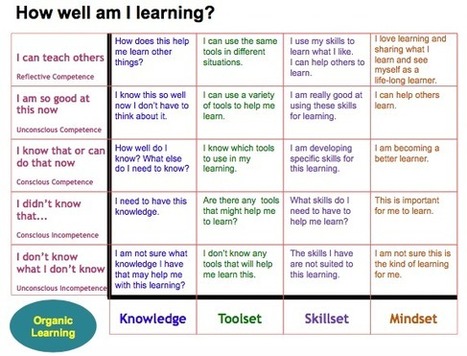









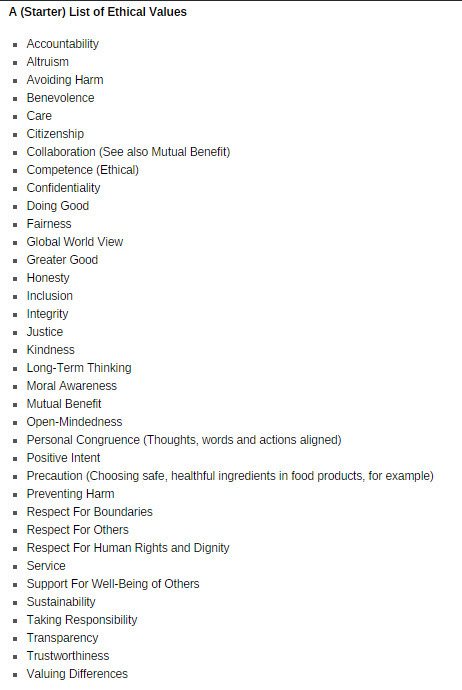





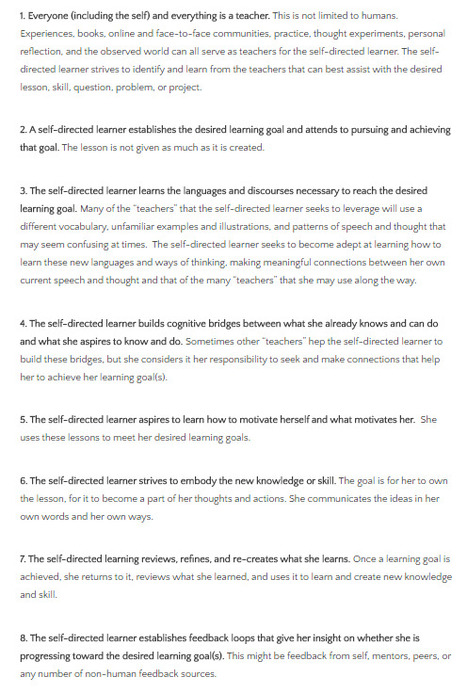
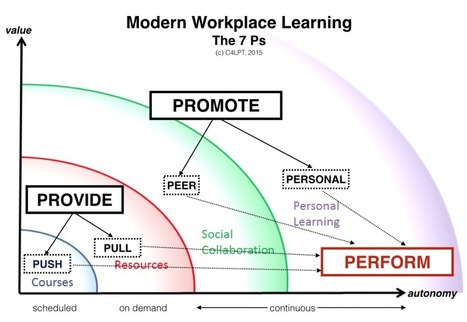



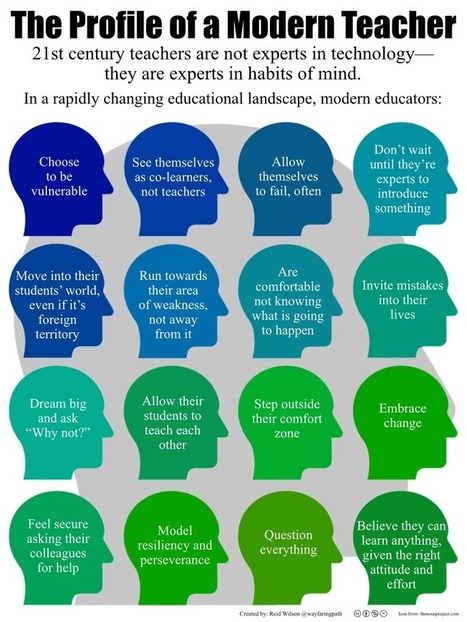

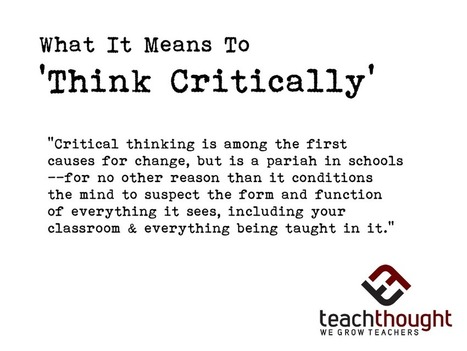





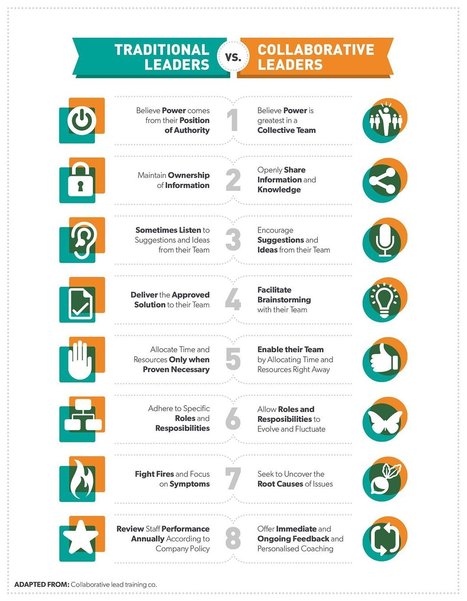



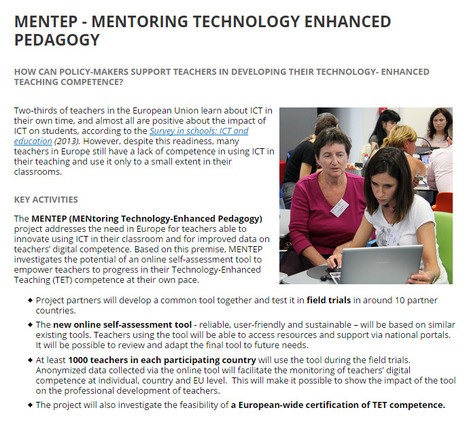




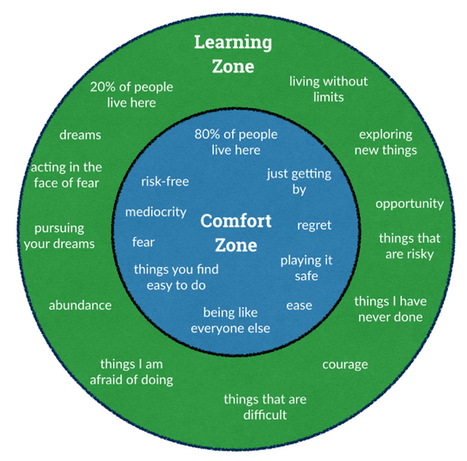








Teacher professional learning is of increasing interest as one way to support the increasingly complex skills students need to learn in preparation for further education and work in the 21st century. Sophisticated forms of teaching are needed to develop student competencies such as deep mastery of challenging content, critical thinking, complex problem-solving,
effective communication and collaboration, and self-direction. In turn, effective professional development (PD) is needed to help teachers learn and refine the pedagogies required to teach these skills. However, research has shown that many PD initiatives appear ineffective in supporting changes in teacher practices and student learning. Accordingly, we set out to discover the features of effective PD.
This paper reviews 35 methodologically rigorous studies that have demonstrated a positive link between teacher professional development, teaching practices, and student outcomes. We identify the features of these approaches and offer rich descriptions of these models to inform those seeking to understand the nature of the initiatives.
Learn more / En savoir plus / Mehr erfahren:
https://gustmees.wordpress.com/?s=coaching
https://gustmees.wordpress.com/?s=professional+development